Prof. Dr. Tran Diep Tuan, Chairman of the University Council, University of Medicine and Pharmacy, Ho Chi Minh City, shared with Thanh Nien reporter about this issue.

Dental students in a practice session
PHAM HUU
In a class of about 500 students, how do they practice?
What do you think about the current state of medical training in Vietnam, sir?
Medical training is a special vocational training. About 15 years ago, the number of medical schools in Vietnam was only about 8 schools, now the whole country has increased to 32 schools. The number of medical students nationwide is currently about 12,000 per year, nearly 4 times higher than 15 years ago. However, whether the number of hospitals, especially practice hospitals, will increase 4 times is a question mark. Just talking about the number is a big question mark.
The current state of medical training in many non-public schools is very worrying. The number of medical students in many schools is too large, and there are not many permanent lecturers who teach practical training in hospitals. There are facilities, but is it ensured that each student has the opportunity to practice or do students just watch? I once saw a school that was equipped with quite modern equipment. But how do they practice when organizing a class with about 500 students? If they do, it is just a perfunctory exercise.
This situation, if prolonged, will lead to the system training poor quality human resources, which will inevitably lead to a weakened health system. Poor quality human resources certainly cannot have a good quality health system.
According to you, what is the cause of the above situation?
The first reason comes from the fact that medical students in some schools are currently too crowded. This in turn comes from the regulations on opening codes for medical doctor training majors that are not in line with the specific nature of medical training. Although the Ministry of Education and Training has specific regulations for health science training majors from training programs, determining quotas, admission, ensuring education quality... However, currently only 5/32 medical doctor training programs have been accredited for educational quality, so it is necessary to promote a more specific and strict monitoring mechanism. For example, regarding the student/lecturer ratio, the medical field needs to be higher, only at 10/1. In countries around the world, the average ratio is about 4 students/lecturer, even at Harvard Medical University (USA), this ratio is reversed at 10 lecturers/students.
In addition, currently in some schools there is a situation of mixing quotas between majors as long as they do not exceed the total quota. Schools focus on concentrating recruitment quotas for the medical major to equal the quotas of other majors. This should not happen in this major to ensure output quality. At the same time, there needs to be clear supervision of the quality of education from the stage of opening major codes, enrollment to the training process...
It should be emphasized once again that medicine is a special training field. In medical training, there is a saying "failure to fail". That is, there are students who should have failed but were allowed to pass. This is extremely dangerous. Because doctors need to have enough capacity to save people after graduating. The consequences of poor training are very long-term because students after graduating will work for the next 40 - 50 years. The World Health Organization has recently emphasized the quality of medical human resources, not just quantity.
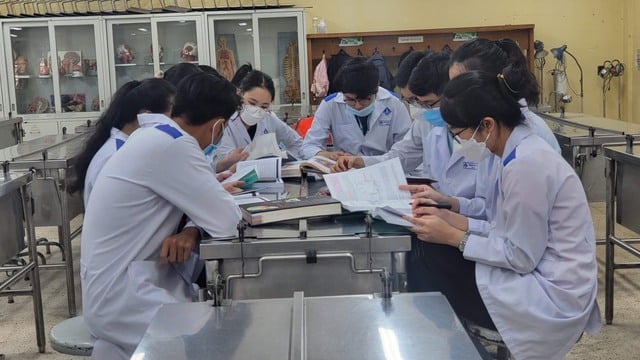
Medical students practice anatomy
LUONG NGOC
MISTAKES ABOUT PHILOSOPHY OF EDUCATION IN THE FIELD OF MEDICAL PROFESSION
The situation of a room with 18 patients but 82 interns was recorded at a hospital in Ho Chi Minh City recently. In your opinion, what solutions are needed to deal with this situation?
That story shows the overload at the practice facilities of students in the health sector. This reality is directly caused by the fact that medical schools, no matter where they are established, want to send their students to practice at hospitals in big cities. For example, many medical students from schools in the provinces are currently being sent to hospitals in Ho Chi Minh City for practice.
Although schools send students to big cities for internships with the hope that students will have access to the most advanced and modern knowledge and techniques, in terms of educational philosophy, this is completely wrong, especially in the medical field. Allowing the establishment of local medical schools is for the purpose of serving the local health system during the student training process and after the students graduate.
The fact that local medical students go to practice at hospitals in big cities not only does not help students understand the operation of the local health system, nor does it help the practicing hospital during the internship as well as later, but also creates extremely high pressure on city hospitals in terms of the number of interns. This destroys the entire practical training system in the city's health system. Because of that overload, schools that want to do well cannot do well. To be consistent with the philosophy of medical education, in my opinion, students of schools located in which locality should practice at hospitals in that locality and neighboring areas.
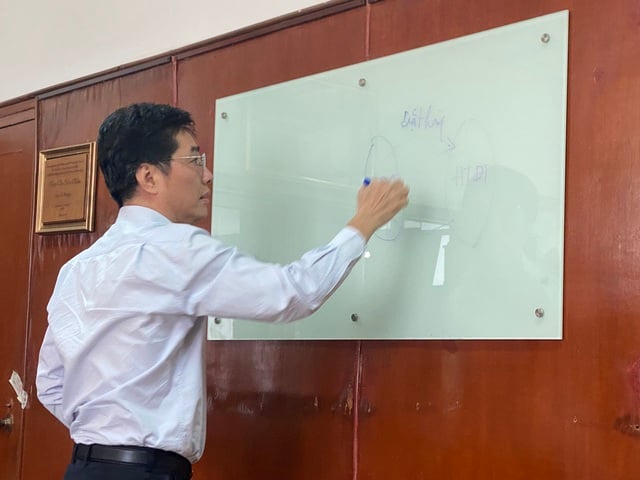
Prof. Dr. Tran Diep Tuan, Chairman of the University Council, University of Medicine and Pharmacy, Ho Chi Minh City
HA ANH
EVERY MEDICAL SCHOOL MUST HAVE ONE OR MORE PRACTICE HOSPITALS
There are many schools that train medical students, but the practice hospital is still a project. In the current context, what immediate solutions do you think are needed to ensure that medical students have enough places to practice?
Practical activities are only good if the relationship between the school and the hospital is good. Therefore, this relationship needs more attention. For example, in Ho Chi Minh City, each hospital now accepts students from many different schools. The bond between the school and the hospital becomes loose due to the lack of commitment from both sides.
How many medical school enrollment quotas do universities have?
In 2023, the medical faculty of Ho Chi Minh City University of Medicine and Pharmacy will recruit 256 students based on high school graduation exam scores and 140 students combined with international English certificate preliminary selection.
Pham Ngoc Thach University of Medicine recruits 660 students for this major.
Hong Bang International University plans to recruit 240 students for the medical field.
Tan Tao University announced to recruit 120 students for the medical major in 2023 (3-4 times higher than the quota of many other majors at the school).
In the enrollment plan of Vo Truong Toan University, the medical major plans to recruit 860 students.
Each medical school must have one or more of its own practice hospitals with permanent lecturers working at the hospital, both participating in medical examination and treatment and teaching. The school must have its own lecturers working at these hospitals. The hospital will use lecturers, postgraduate students, and students as resources of the hospital. On the other hand, one of the tasks of the practice hospital is to train and will facilitate teaching. Only then can we create a connection between the school and the institute and a commitment from both sides. The combination of the hospital with a specific school in health training will also contribute to better interdisciplinary education, because practicing in the health field requires teamwork and interdisciplinary skills. Interdisciplinary education right in the training process at school is very necessary.
However, there should be regulations to support financial resources for training and scientific research. This can be taken from the health insurance fund, or from the hospital's revenue through the state's ability to deduct or exempt taxes for hospitals that teach practice. Instead of paying taxes, the state can keep that part of the budget for training activities...
In addition, we can also study the arrangement of local hospitals as practice sites for a specific medical school or convert existing hospitals into hospitals affiliated with medical training schools. This model will be similar to transferring the Construction Hospital from the Ministry of Construction to Hanoi National University to reorganize it into a practice hospital to serve the practical training activities for students of the University of Medicine and Pharmacy (Hanoi National University).
Source: https://thanhnien.vn/can-day-manh-co-che-giam-sat-cac-chuong-trinh-dao-tao-y-khoa-185230727012112997.htm


![[Photo] Prime Minister Pham Minh Chinh receives President of Cuba's Latin American News Agency](/_next/image?url=https%3A%2F%2Fvphoto.vietnam.vn%2Fthumb%2F1200x675%2Fvietnam%2Fresource%2FIMAGE%2F2025%2F12%2F01%2F1764569497815_dsc-2890-jpg.webp&w=3840&q=75)




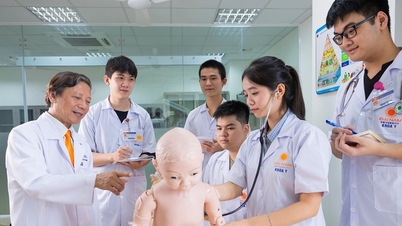

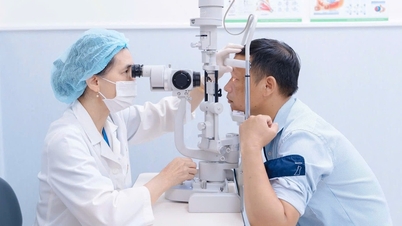

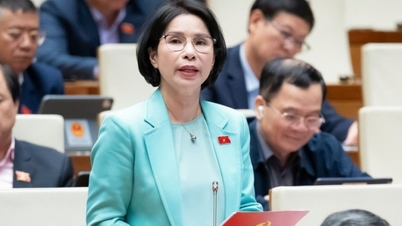

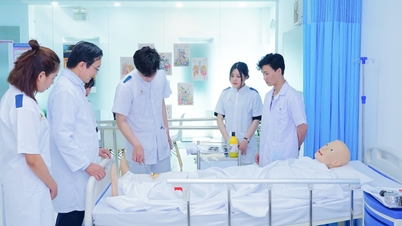


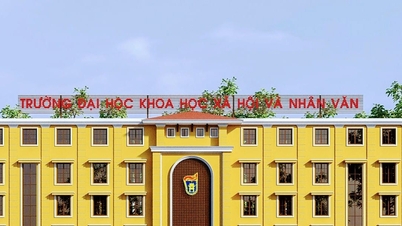


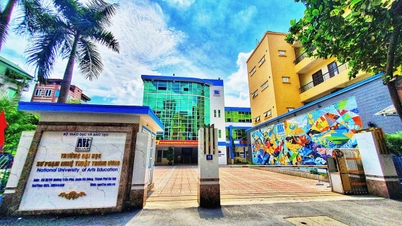












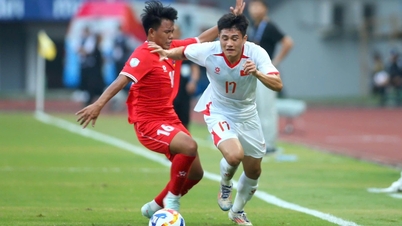








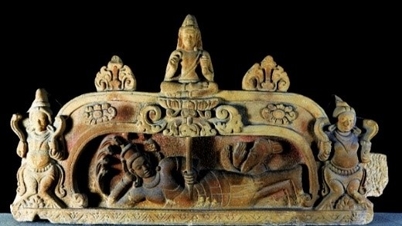



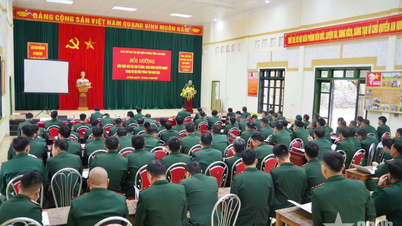



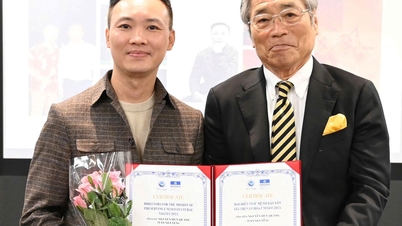




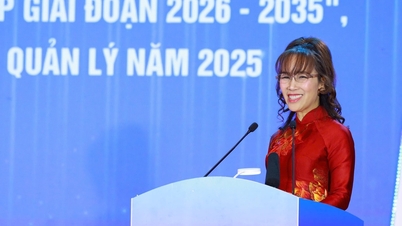




















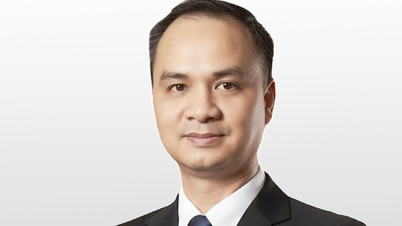


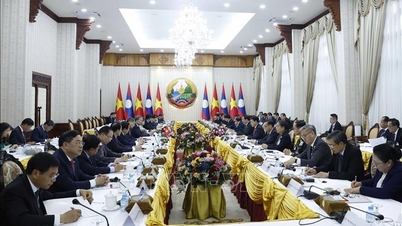



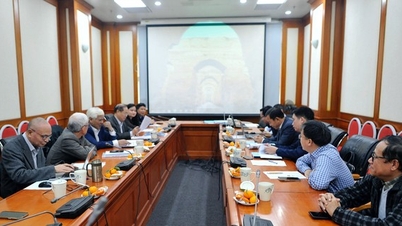
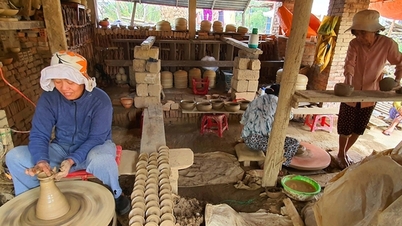

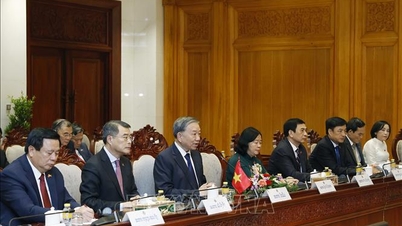


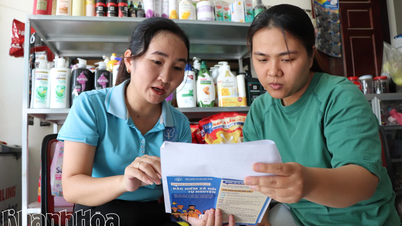
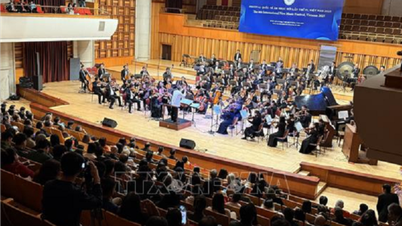
















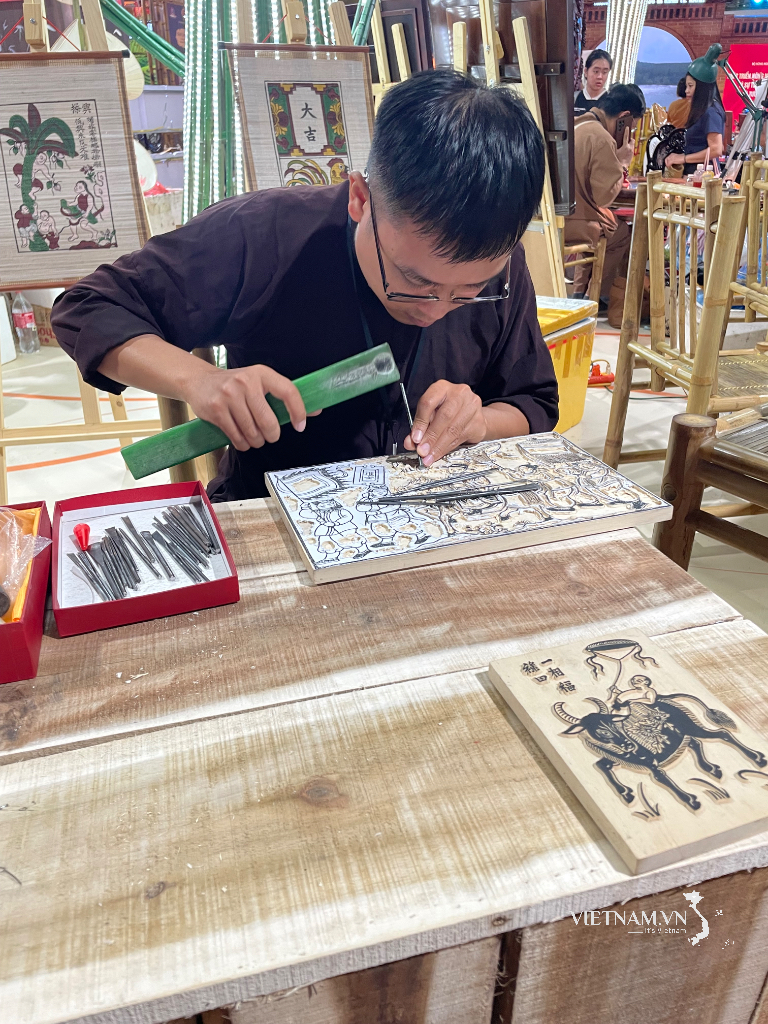

Comment (0)